South America’s geological landscape tells a fascinating story of natural forces at work over millions of years, creating some of the world’s most extraordinary rock formations. From wind-carved deserts to ancient volcanic remnants, these bizarre natural sculptures challenge our understanding of what seems possible in nature.
Each formation offers visitors a unique glimpse into the continent’s geological history while providing surprisingly accessible adventures for both casual tourists and dedicated geologists alike.
Pedra da Galinha Choca, Brazil

Rising from the countryside of Ceará, this peculiar formation resembles a brooding hen protecting her eggs. Local folklore suggests the rocks were once real chickens turned to stone by an ancient curse, though geologists attribute the formation to millions of years of differential erosion.
Standing 130 feet tall, the main rock balances precariously on a narrow base, creating an optical illusion that defies gravity. Visiting during sunrise offers the best photography opportunities when the golden light emphasizes the formation’s unique textures.
Tetas de la Reina, Chile
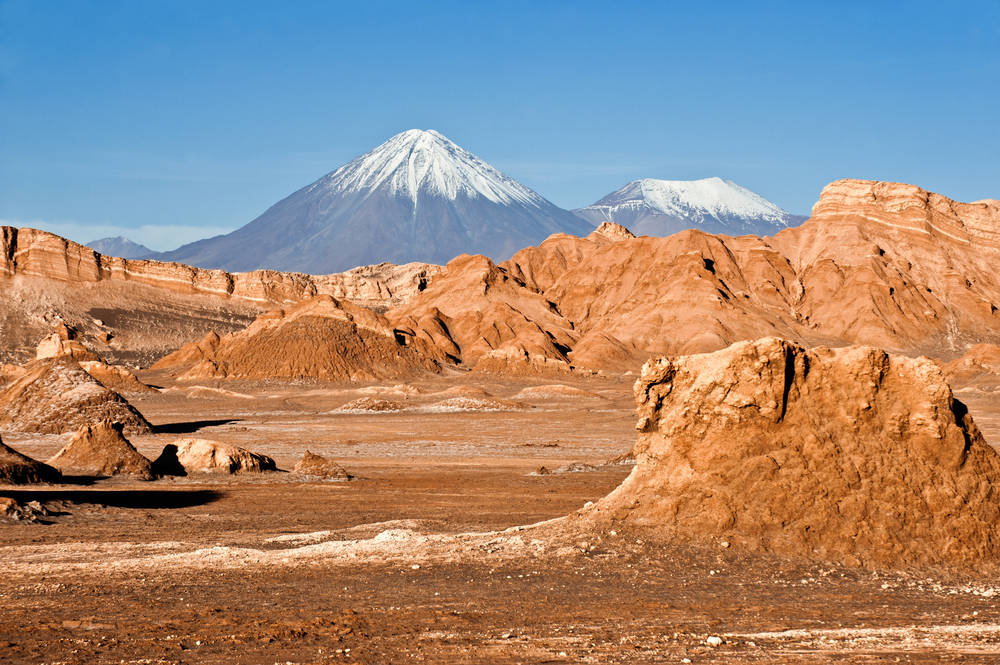
Located in the Atacama Desert, these twin peaks rise dramatically from the world’s driest desert landscape, earning their cheeky name from their distinctive shape. The volcanic formations stand approximately 330 feet high, created by ancient magma flows that cooled at different rates.
Local guides share tales of the peaks serving as navigation markers for both indigenous peoples and early Spanish explorers. The surrounding salt flats create stunning mirror effects during the rare rainfall events.
Pedra do Cão Sentado, Brazil
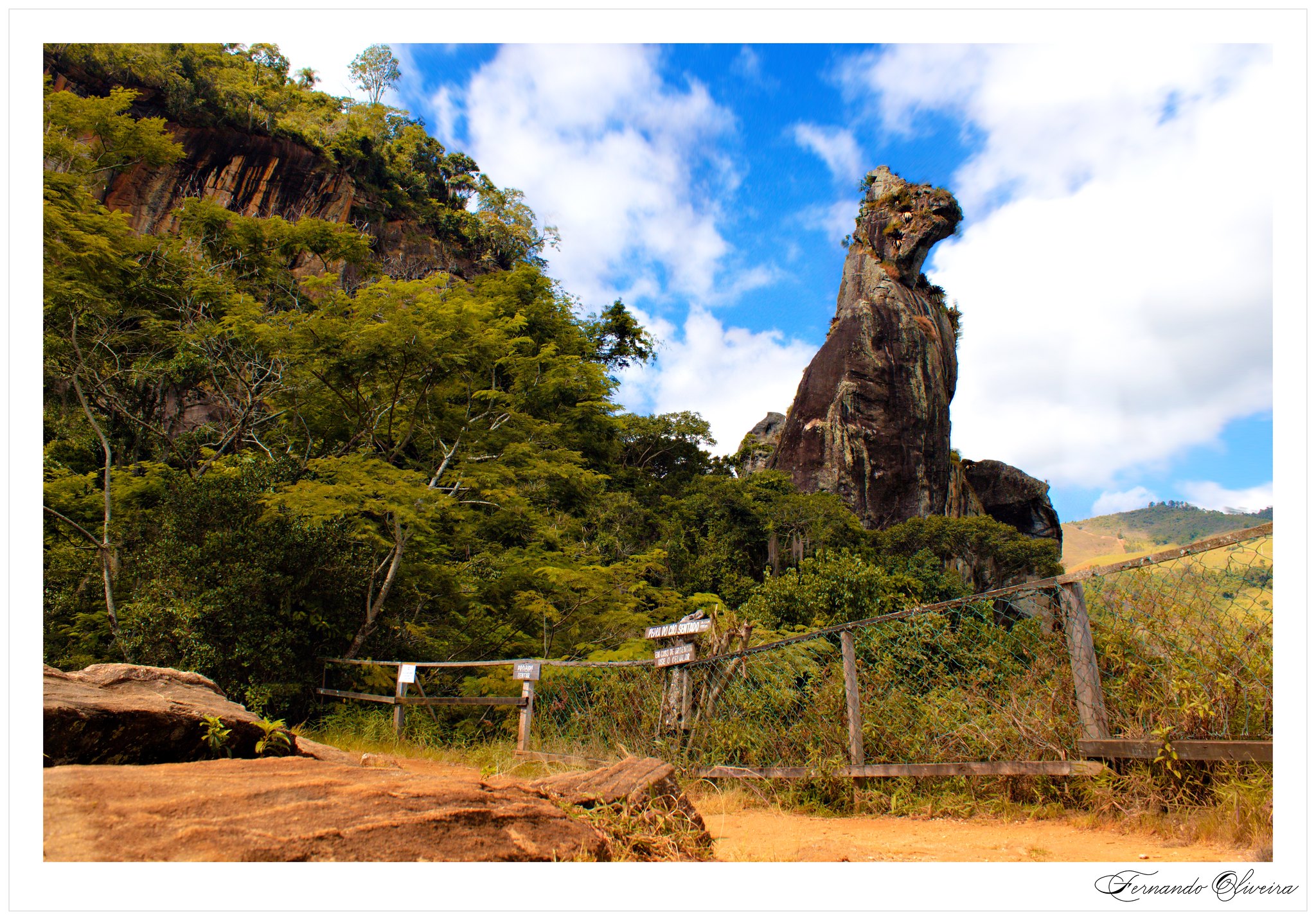
This remarkable formation in Rio Grande do Sul appears to be a giant dog sitting attentively, complete with a distinct head and posture. The sandstone formation stands about 75 feet tall and has become a symbol of the region’s rich geological heritage.
Indigenous Guarani people incorporated the rock into their mythology, believing it to be a faithful guardian turned to stone. The site offers excellent hiking opportunities with well-maintained trails circling the formation.
Ciudad de Itas, Bolivia
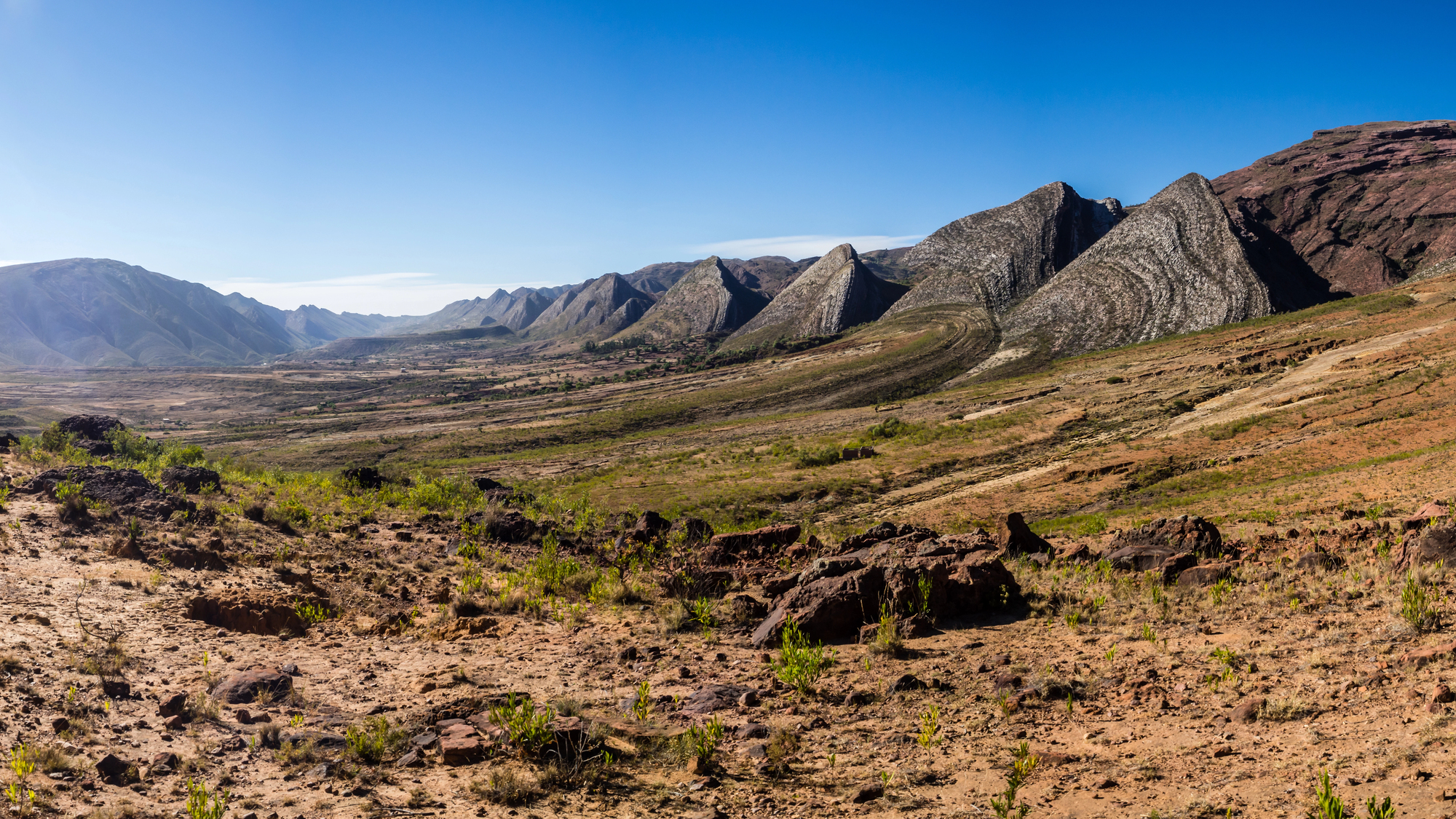
Rising from Bolivia’s altiplano, these otherworldly rock spires create what appears to be a miniature city carved from stone. Wind and rain erosion over millions of years have sculpted the volcanic tuff into formations resembling buildings, towers, and streets.
Local guides point out shapes that look like churches, government buildings, and even a town square. The best viewing times are during the early morning or late afternoon when shadows enhance the city-like appearance.
Piedra del Cocuy, Venezuela
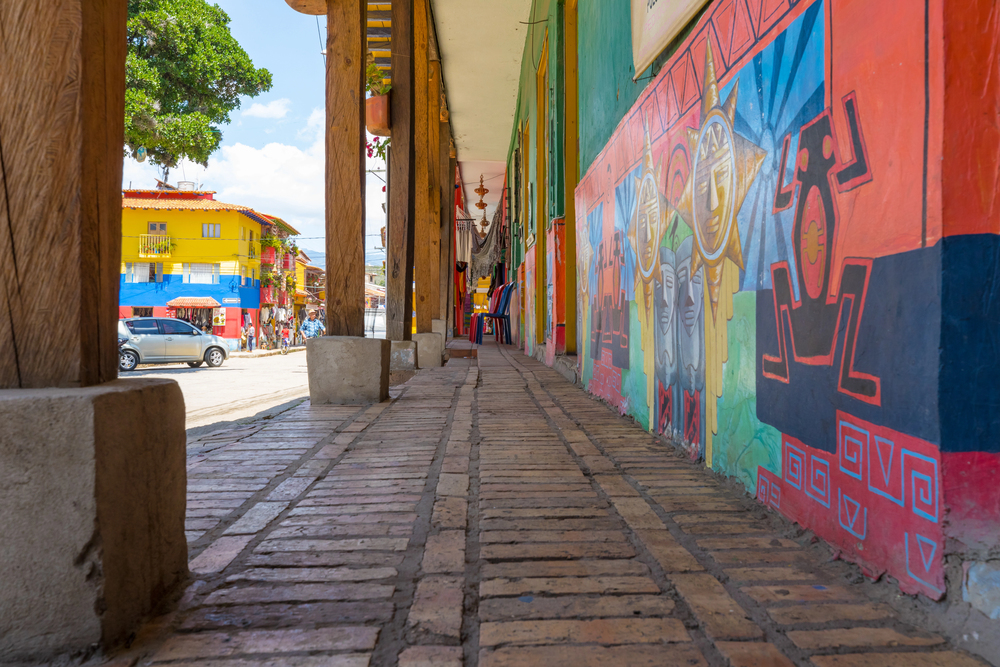
This massive tabletop mountain along the Colombian border features a unique overhang that seems to defy physics. Standing over 650 feet tall, the granite formation has been sacred to indigenous peoples for generations.
Local communities maintain traditional ceremonies at the site during important celestial events. The surrounding tepui landscape provides habitat for numerous endemic species found nowhere else on Earth.
Pedra da Tartaruga, Brazil
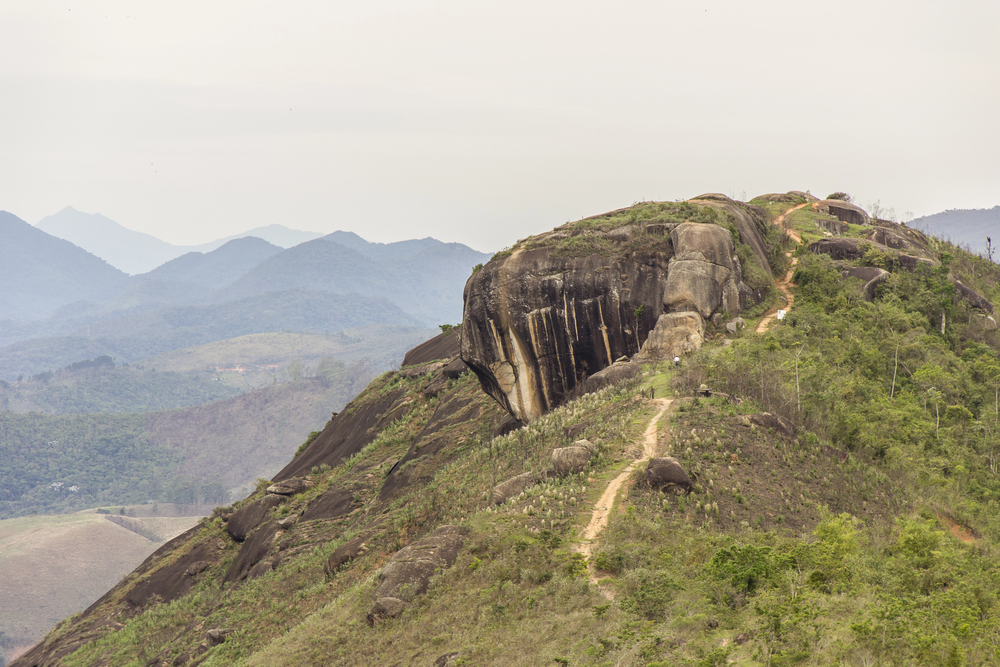
Located in Rio de Janeiro state, this turtle-shaped formation appears so lifelike that it’s often mistaken for a massive petrified animal. The granite formation measures approximately 60 feet in length and features distinct ‘head’ and ‘shell’ sections created by natural weathering.
Local climbing enthusiasts have established several routes up the formation’s less steep sides. The site offers spectacular views of the surrounding Atlantic Forest.
Los Dedos, Uruguay
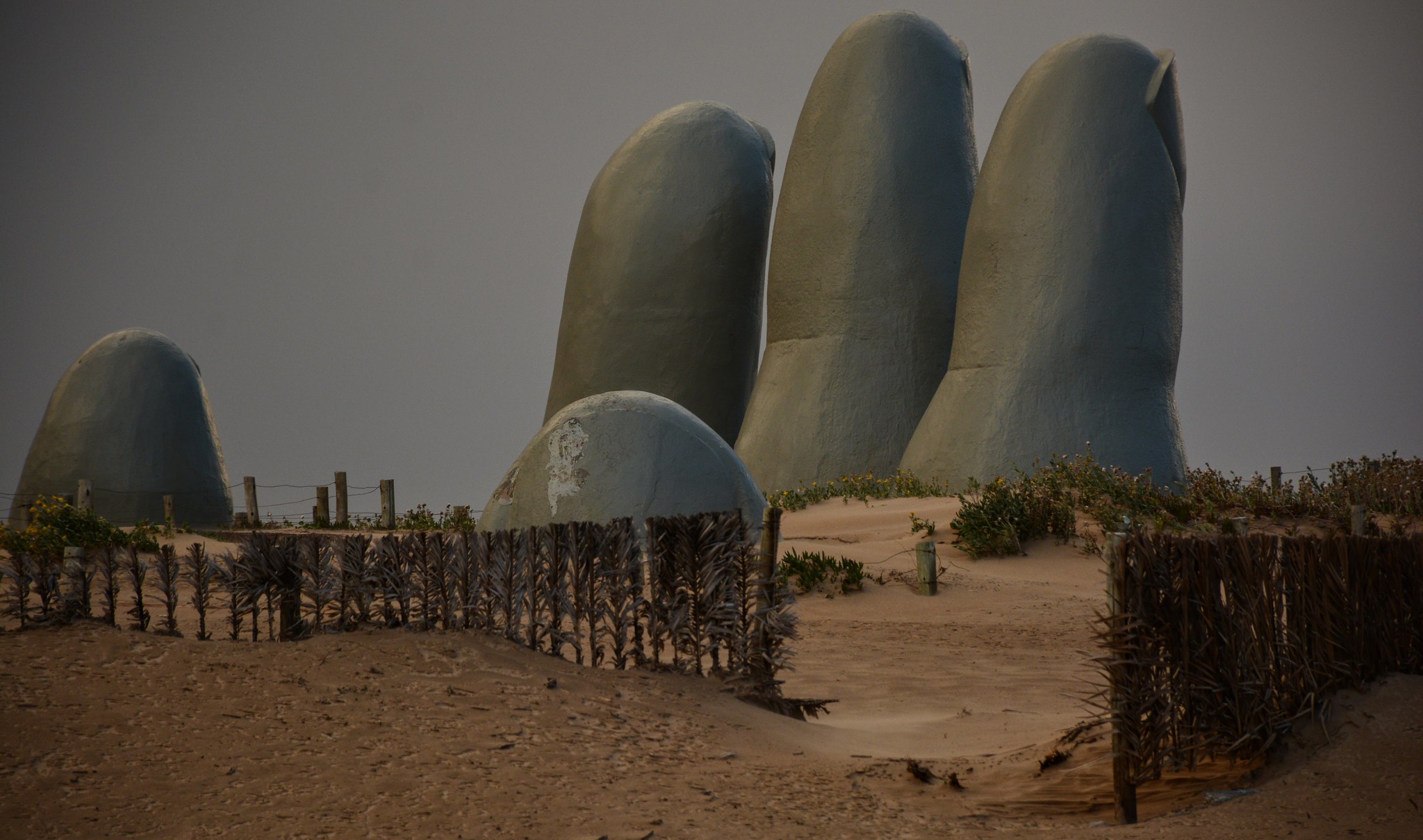
Emerging from Uruguay’s grasslands, these finger-like projections seem to reach skyward from beneath the earth. The five parallel sandstone columns, each roughly 45 feet tall, were created by ancient seabed erosion patterns.
Local gauchos have incorporated the formation into their folklore, claiming the fingers belong to a buried giant. The surrounding prairie provides excellent bird-watching opportunities, especially during migration seasons.
Pedra do Elefante, Brazil
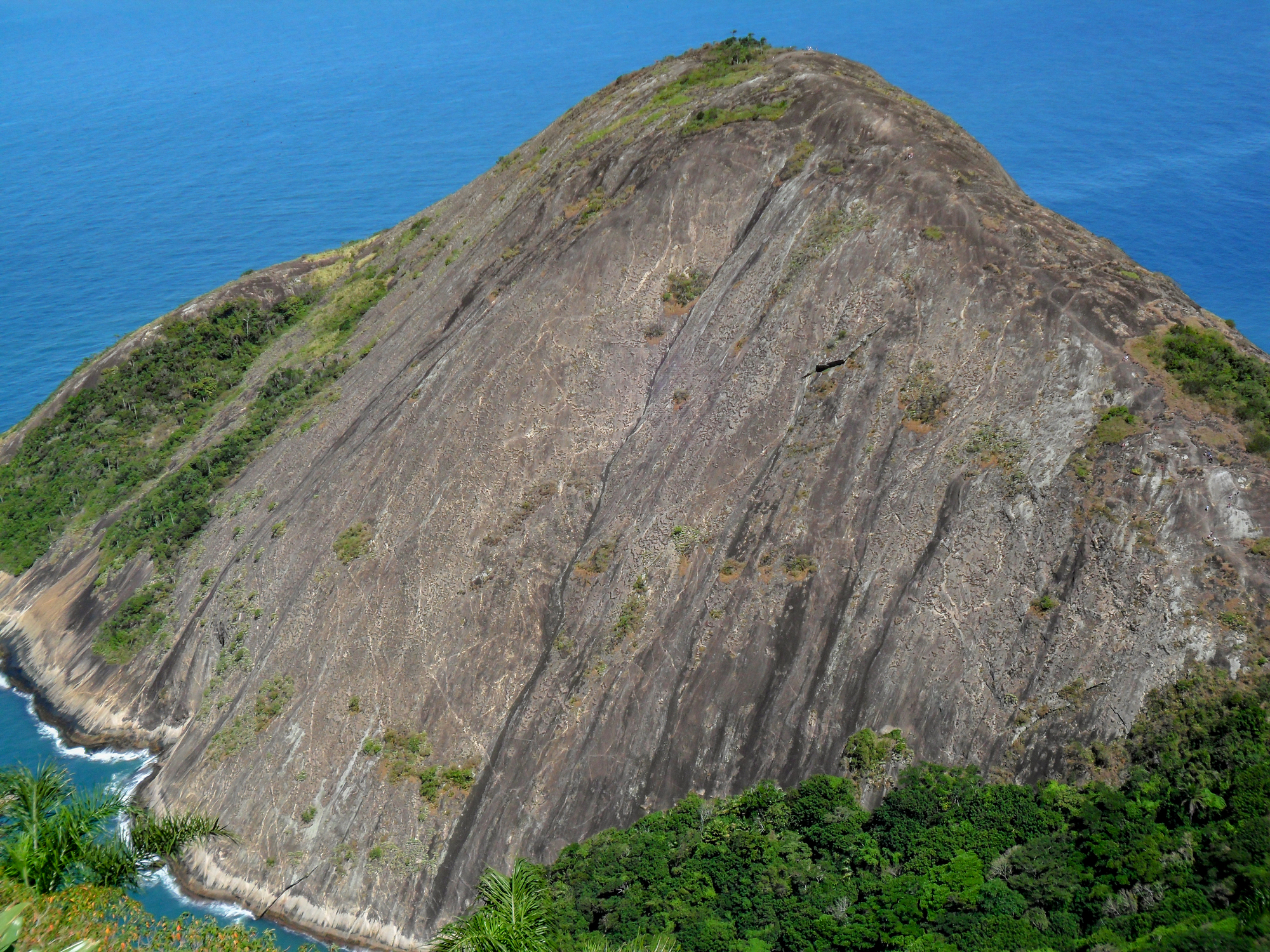
Rising prominently from Espírito Santo’s landscape, this elephant-shaped mountain has become a symbol of the region. The granite formation stands approximately 2,000 feet tall and features remarkably elephant-like features, including a distinctive ‘trunk’ created by erosion patterns.
Local paragliding enthusiasts often launch from nearby peaks to soar past the formation. The site includes well-maintained hiking trails suitable for various skill levels.
Torres del Paine, Chile
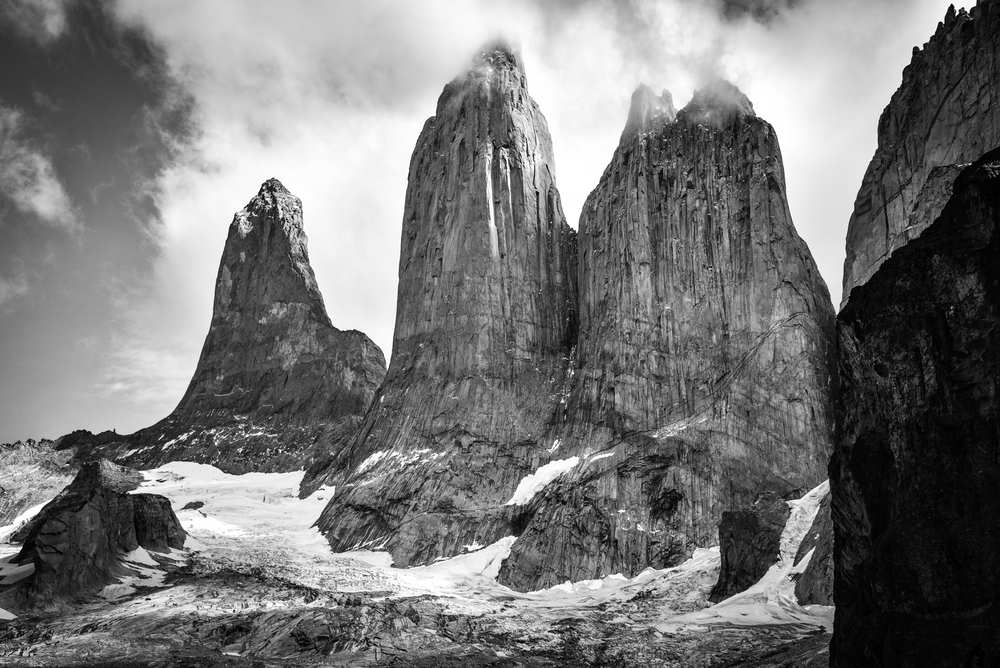
These iconic granite spires rise dramatically above Patagonia’s landscape, creating one of South America’s most recognizable geological formations. The towers reach heights of over 6,500 feet and showcase distinct color bands marking different periods of geological history.
Local Aonikenk people considered the towers sacred, incorporating them into their creation myths. The surrounding national park offers world-class hiking and climbing opportunities.
Sete Cidades Stone Faces, Brazil
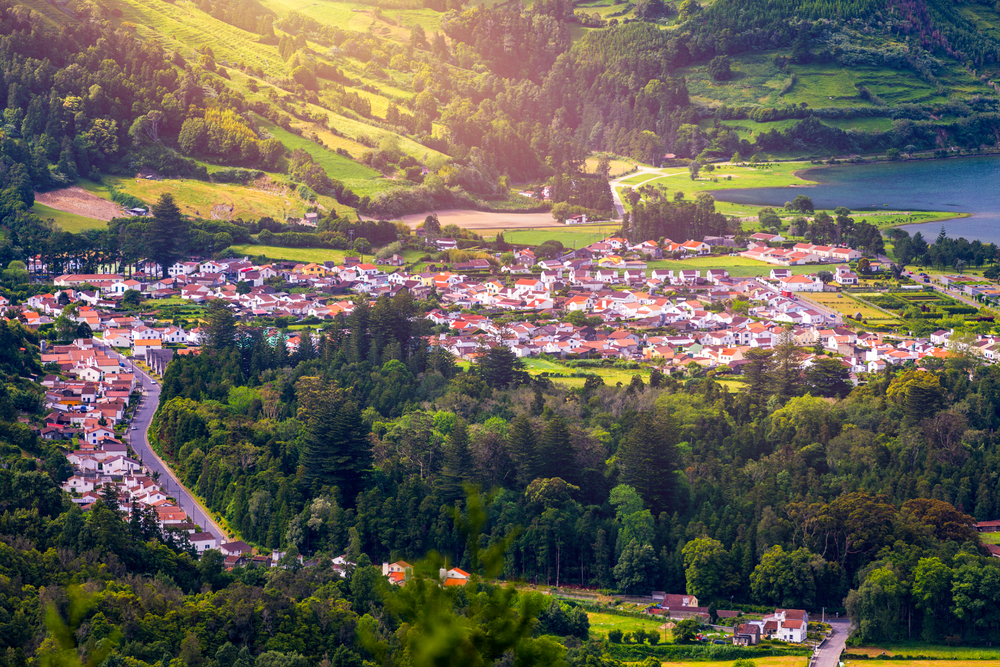
Located in Piauí, these natural rock walls feature formations that eerily resemble human faces in profile. The sandstone cliffs stretch for several miles and contain dozens of distinctive facial features created by differential erosion.
Archaeological evidence suggests ancient indigenous peoples used the site for ceremonial purposes. The best viewing times are during the golden hours when shadows enhance the facial features.
Piedra del Peñol, Colombia
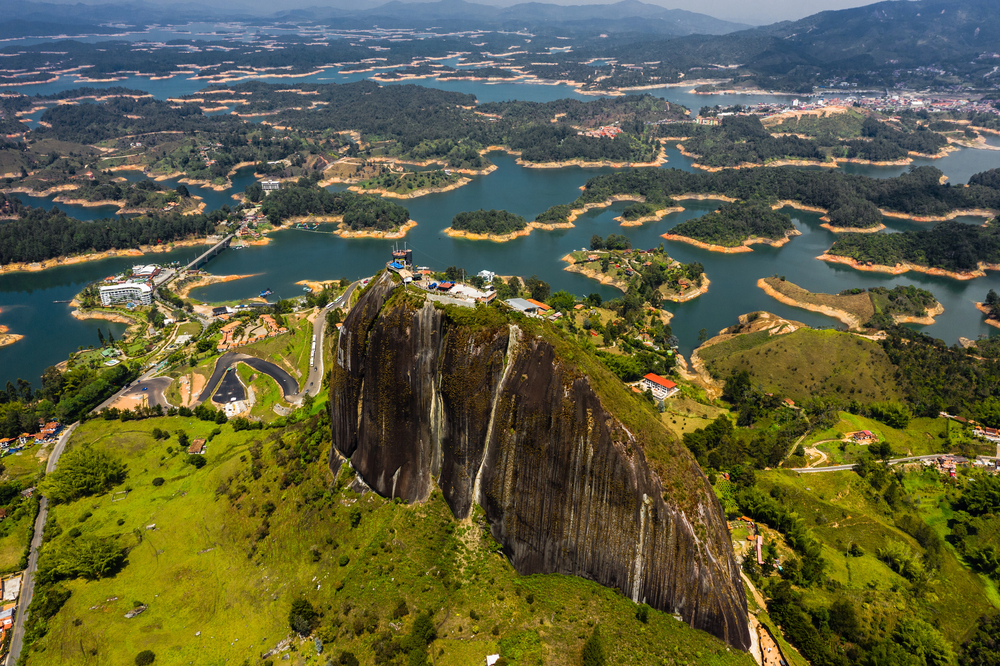
This massive monolith near Medellín rises 650 feet from relatively flat surroundings, creating an imposing natural landmark. The granite dome features a strange crack running down its side, which local engineers transformed into a 740-step staircase to the summit.
Indigenous Tahamí people considered the rock sacred and left mysterious petroglyphs at its base. The top offers panoramic views of the surrounding reservoir-studded landscape.
Cerro Aconcagua Face, Argentina
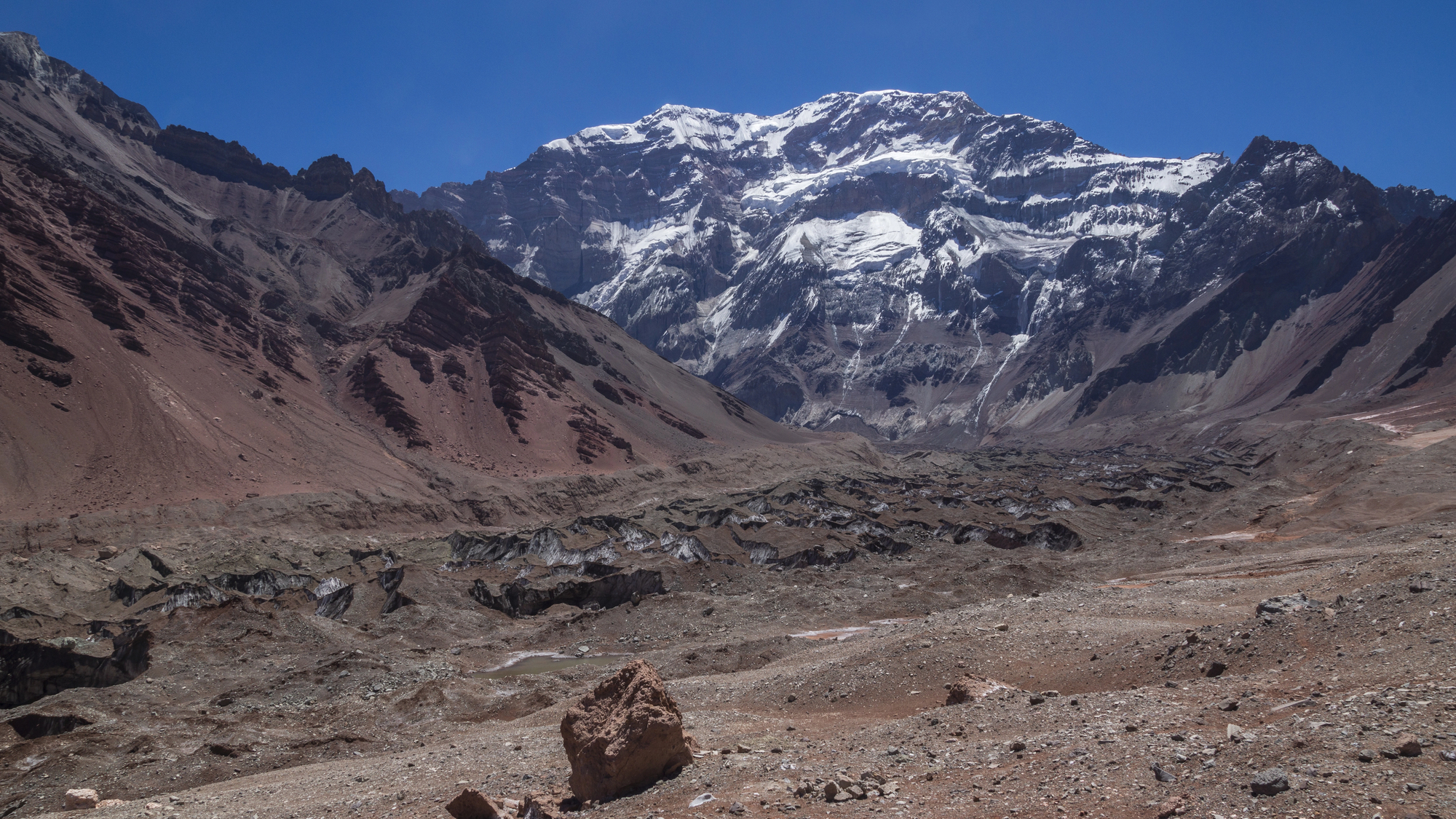
The south face of South America’s highest peak features a remarkable natural formation resembling a human face in profile. The rocky visage appears most distinct during winter months when snow highlights the features.
Local mountaineers share stories of the face appearing to change expression with different weather conditions. The viewing area provides excellent opportunities for photographing both the formation and surrounding Andes.
Pedra do Sino, Brazil
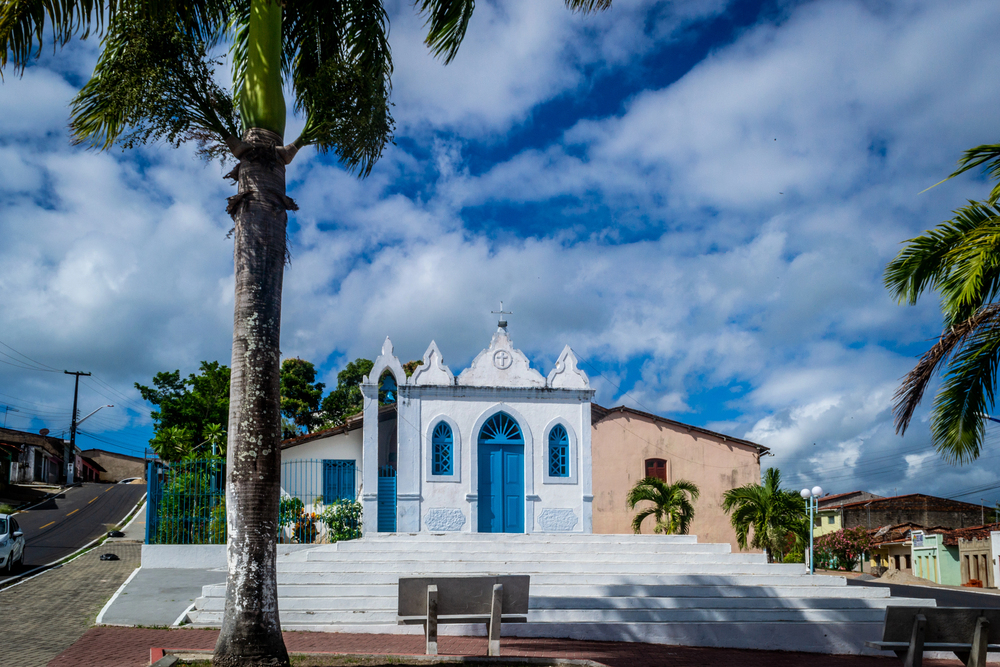
This bell-shaped formation in Minas Gerais actually rings when struck in certain places, creating an eerie musical quality. The granite formation stands approximately 90 feet tall and features unusual crystalline structures that contribute to its acoustic properties.
Local guides demonstrate the rock’s musical qualities using small rubber mallets. The surrounding area offers excellent opportunities for rock climbing and bouldering.
Cueva de las Manos, Argentina
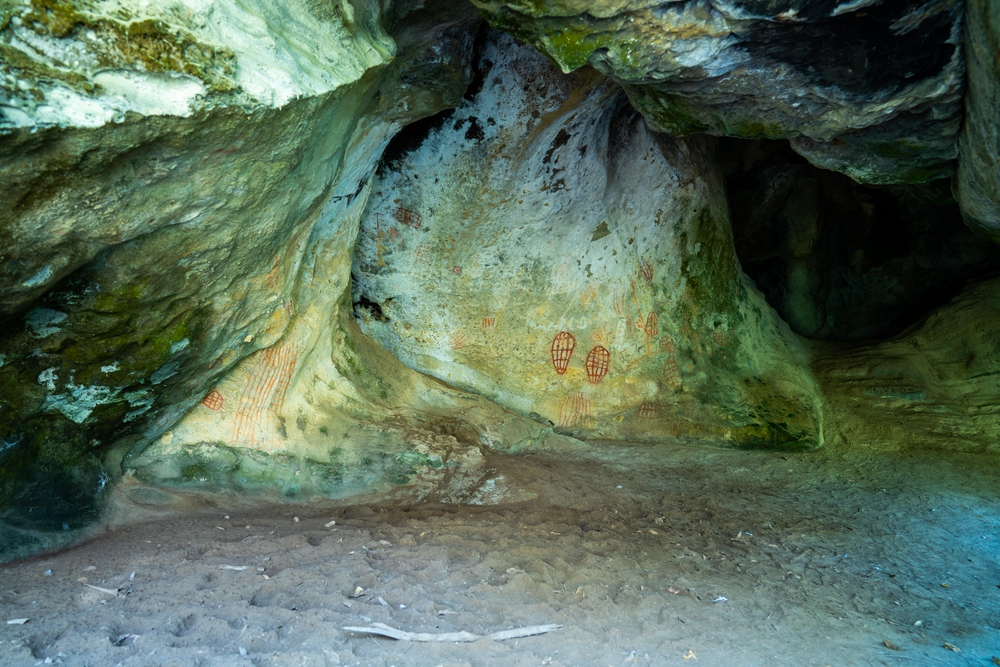
While famous for its cave paintings, this site features bizarre rock formations created by ancient mineral springs. The limestone formations create otherworldly shapes and textures that seem almost artificial in their precision.
Local archaeologists have documented human habitation at the site dating back over 9,000 years. The cave system includes remarkable stalactites and stalagmites in unusual colors due to mineral content.
Madeira Rock Forest, Brazil
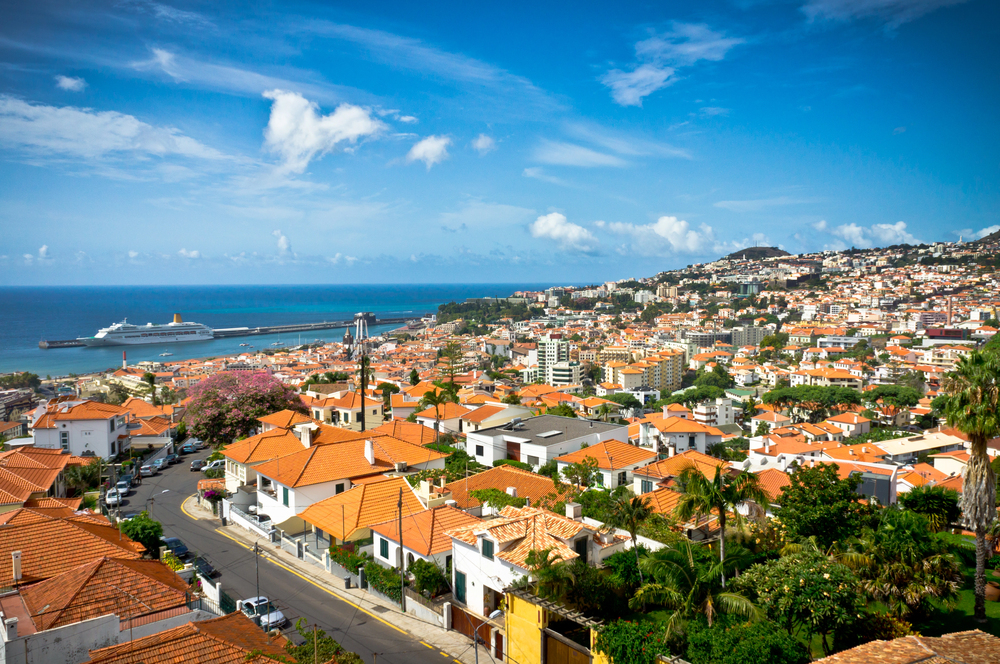
This unusual collection of stone pinnacles in Mato Grosso creates the appearance of a petrified forest. The sandstone formations, averaging 30 feet in height, were created by ancient river systems eroding softer surrounding rock.
Local naturalists have documented unique ecosystems developing around each formation. The site is particularly spectacular during sunrise and sunset when the rocks cast long shadows.
Pedra do Garganta, Brazil
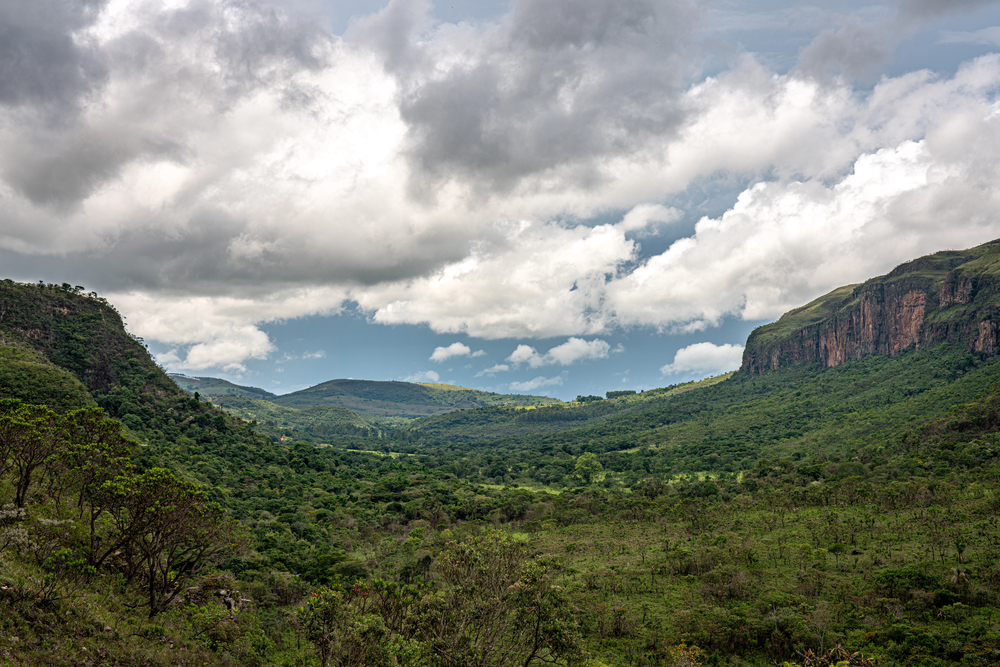
Located in Minas Gerais, this formation features a natural arch that appears to be screaming into the sky. The granite formation stands approximately 200 feet tall and creates eerie whistling sounds during strong winds.
Local folklore attributes the sounds to spirits trapped within the rock. The site offers excellent opportunities for both rock climbing and photography.
El Arco del Tiempo, Chile
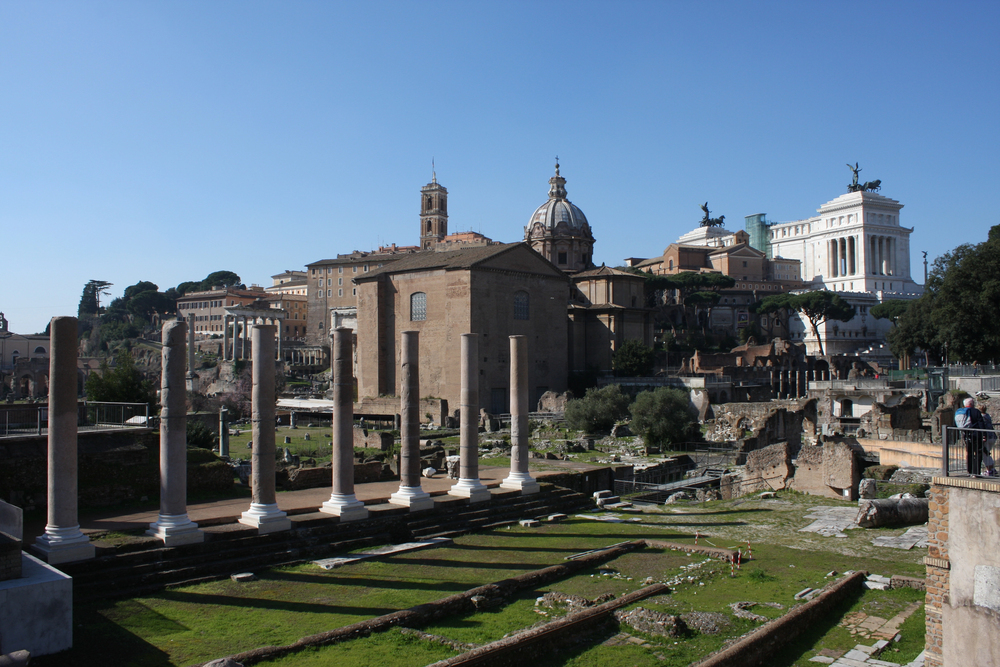
This massive natural arch in the Atacama Desert spans over 250 feet and features unusual honeycomb weathering patterns. The formation was created by ancient water flows in what is now one of Earth’s driest environments.
Local astronomers often use the arch as a foreground element for astrophotography. The surrounding desert landscape provides excellent opportunities for studying geological processes.
Pedra da Águia, Brazil
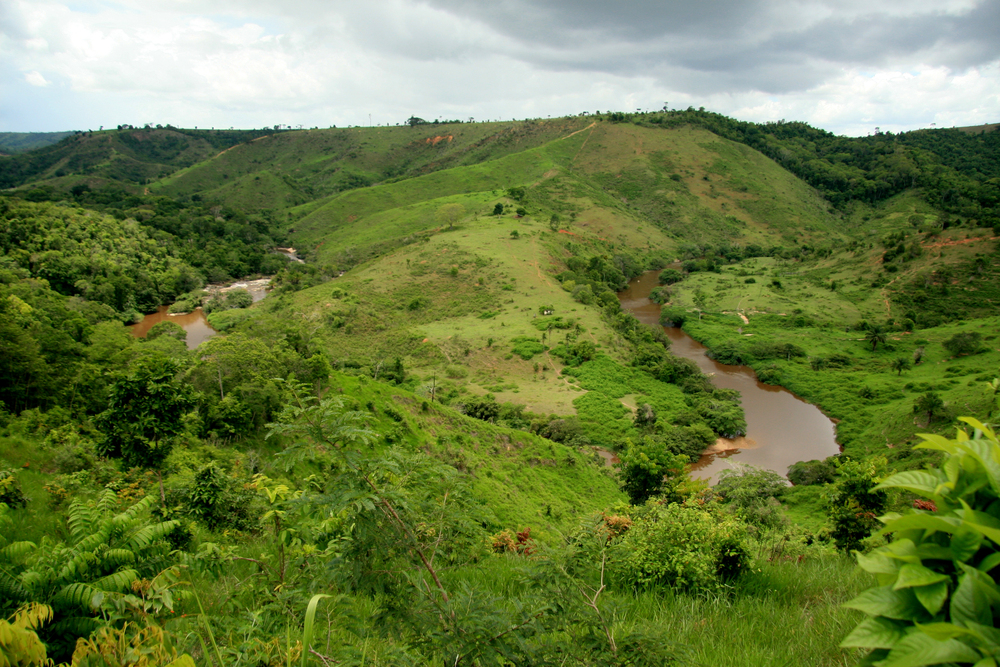
Rising from São Paulo state’s countryside, this eagle-shaped formation appears poised to take flight. The granite outcrop features distinct ‘wing’ formations created by exfoliation weathering processes.
Local paragliding enthusiasts use thermal currents around the formation for extended flights. The site includes several viewing platforms offering different perspectives on the formation.
Las Ventanas, Peru
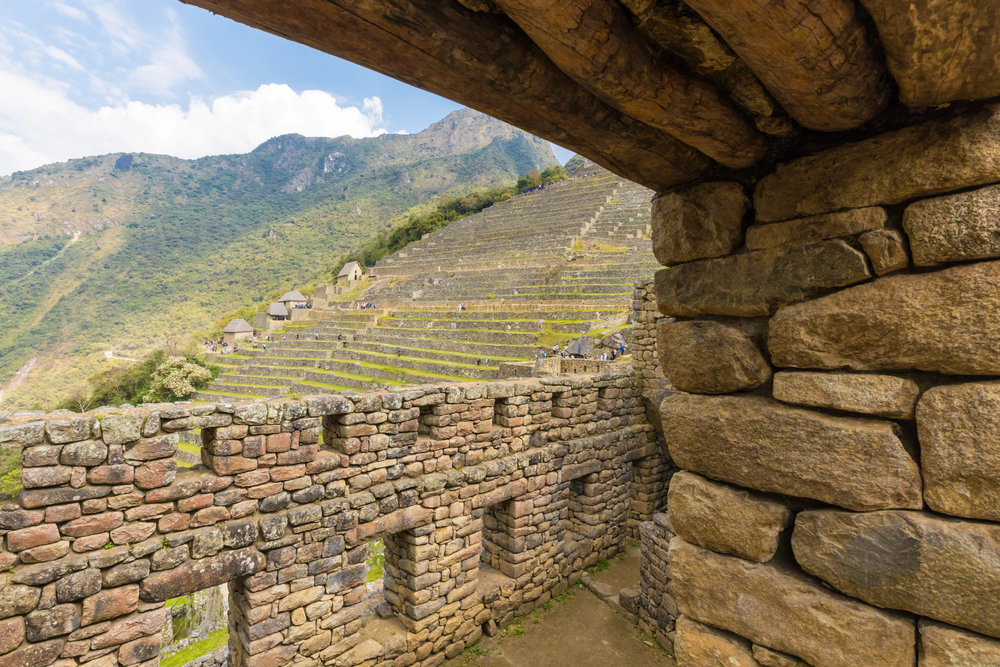
These natural ‘windows’ in the Andes appear to have been carved by giant hands but were created by differential erosion of volcanic rocks. The formations create perfect frames for photographing the surrounding mountain landscape.
Local guides share stories of ancient Inca travelers using the windows as navigation markers. The site offers excellent opportunities for both hiking and geological study.
Pão de Açúcar Face, Brazil

Rio de Janeiro’s famous mountain features a less-known formation resembling a human face when viewed from certain angles. The granite monolith rises 1,300 feet from the harbor and changes appearance throughout the day as shadows shift.
Local rock climbers have established numerous routes that traverse the facial features. The cable car system provides easy access to various viewing points.
Beyond the Ordinary
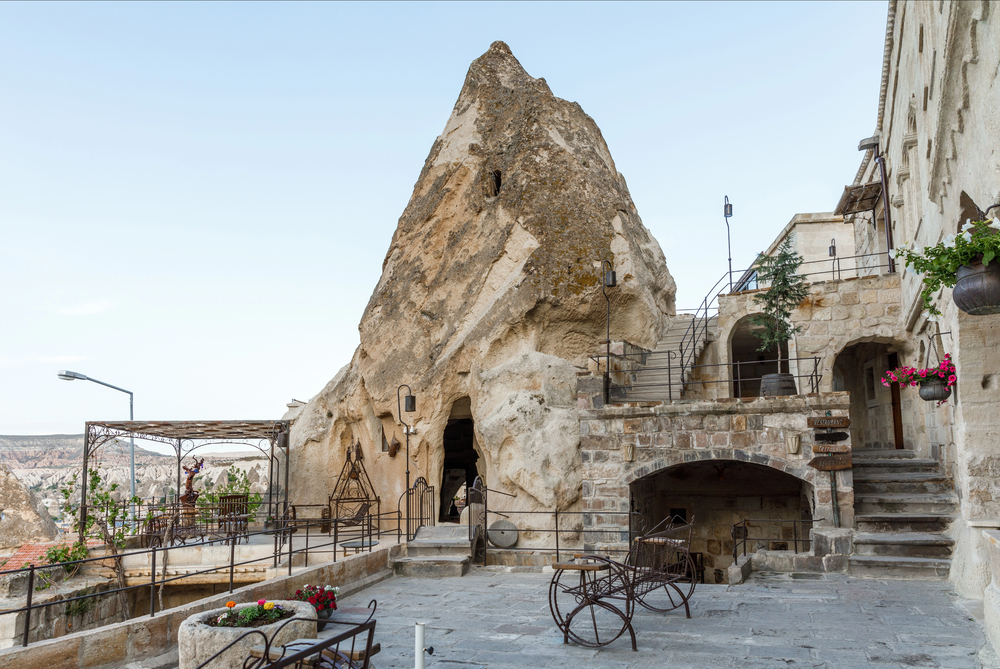
These remarkable geological formations represent just a fraction of South America’s incredible natural heritage, each offering unique opportunities for exploration and wonder. Whether you’re a serious geologist, amateur photographer, or simply someone who appreciates nature’s artistry, these sites provide unforgettable experiences that challenge our perception of what’s possible in the natural world.
As you plan your visits, remember that many of these formations offer different experiences throughout the day and seasons. The combination of scientific significance and raw natural beauty makes these South American formations essential destinations for anyone interested in Earth’s geological wonders.
More from Travel Pug

- 15 Dangerous European Cities to Avoid
- 15 Caribbean Islands Where Tourists Keep Getting Scammed
- The 20 Most Fascinating Abandoned Places: A Journey Through Time and Forgotten Spaces
- 15 Hidden Places in the Smithsonian Museums Locals Love: A Guide to Lesser-Known Treasures
- 16 Hidden Florida Beach Towns That Aren’t Overrun with Tourists
Like Travel Pug’s content? Follow us on MSN.
